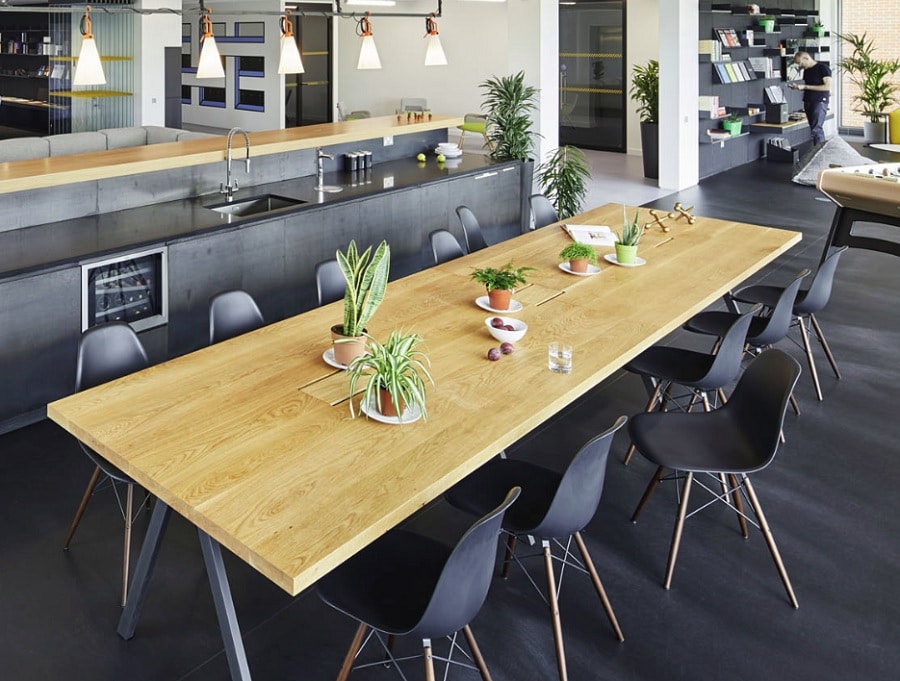In the last few years, several big companies – Bank of America and IBM – and lots of smaller organisations, cut back on their remote working by staff. Instead encouragement has been given to foster more interaction and collaboration amongst staff, a hallmark of the classic ‘all under one roof’ office space. A corner stone of co-working spaces such as WeWork is the concept that people who find themselves sharing office space will interact, network and collaborate. For businesses with their own offices there’s the added benefit of sharing your culture, brand values and greater security.
Our team here at Fusion Office Design have the office design change over the last few years and we have adapted to the new normal, it is now your turn to read up on how your office space can do the same.

Current research is, however, placing doubt on this modern shibboleth of networking and collaboration just happening as a by-product of shared office space. It doesn’t quite work that way. In the office, be it company or a co-working Regus/We-Work format, people can inhabit very large open-plan or broken-plan spaces aimed at eliminating barriers.
Harvard University’s new study based, on two case reviews of large corporate HQs, show that modern open plan office design can decrease the amount of face-to-face interaction. This can be as high as a 70 percent reduction. Electronic messaging rises accordingly. So much for open-plan dialogue; your staff may as well be working remotely.
Why build Walls?
Two organisations studied in the review, both global companies operating across the zones, were going more open plan as they increasingly adopt modern ways of working. As one design slogan reads…’why build walls’? Removing all the walls has a notable impact on office design. The research used high-tech tracking devices for 15 days before and 15 days after they moved from cellular to open-plan. During the ‘partition era’ the staff typically spent an average of over 5 hours a day communicating directly; post open-plan that went down to below 2 hours. The flip side after walls disappeared meant sending over 50% percent more emails and almost 70 percent more messages (text, What’s App), which became 75 percent longer as well.
Open Plan Office Design
Of course the shock of going truly, totally, open-plan may be a factor in disrupting anyone’s patterns of communication. Just finding your trusted office cohort might be a challenge. And the more than 5 hours a day in direct verbal communication seems super high…you’d have to ask if any real work is getting done. But without taking the research too literally there could be something to consider. Open-plan shouldn’t be too open. The latest design trends using high-screened booths, acoustic pods and snug phone boxes may be the ideal balance. This form of open plan office design is often labelled ‘broken plan’. Perhaps office designers are ahead of the curve.
If you have any further questions or queries be sure to contact our team, we are always more than happy to answer and help in any way we can.


